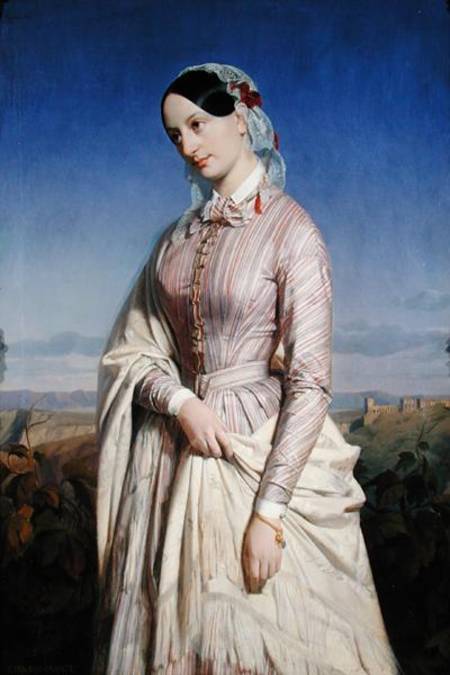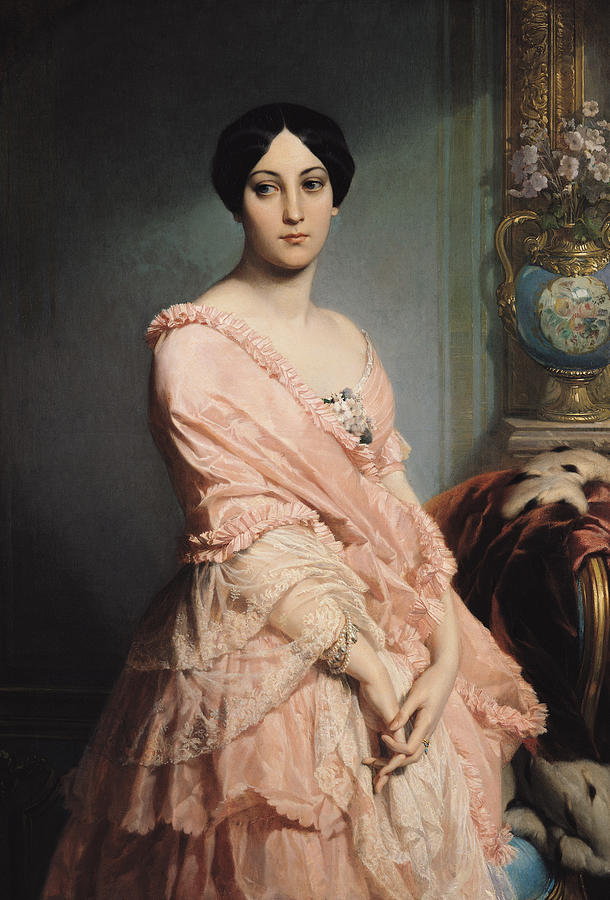Édouard Louis Dubufe was a French portrait artist who thrived in the middle of the eighteenth century.
Today, he is almost unknown.
But once upon a time, he was in great demand, even receiving a commission from the Emperor Napoleon III to commemorate the Treaty of Paris at the end of the Crimean War.
It’s a good painting, like many commemorative paintings.
His portraits are also skillful, like many portraits.
But Dubufe painted a masterpiece. Probably, it’s his only masterpiece.
And yet, as Orson Welles once said about masterpieces, “You only need one!”
It’s a painting of two sisters. It’s a painting you don’t tend to forget. When I first saw it, I assumed that the same girl was drawn twice, but they are twins.
The painting succeeds on multiple levels.
You can feel the weight of the standing sister’s arm on the back of the chair. You can also feel the textures of the fur over the seated sister’s forearm and of her hair hanging softly on her shoulders.
Note the contrasting color symbolism: white suggesting a bride, black suggesting a funeral.
And most importantly, we feel that we know these sisters, that this painting has preserved something of their personalities.
What happened to these twins? Did their lives match the symbolism of their dresses? What was their destiny? Happiness, sorrow—or both? The painting seems to ask this question not only of the twins, but of us as well.
* Orlando Bartro is the author of Toward Two Words, a comical novel about a man who finds yet another woman he never knew, available at Amazon. He is currently writing two new novels and a play.










